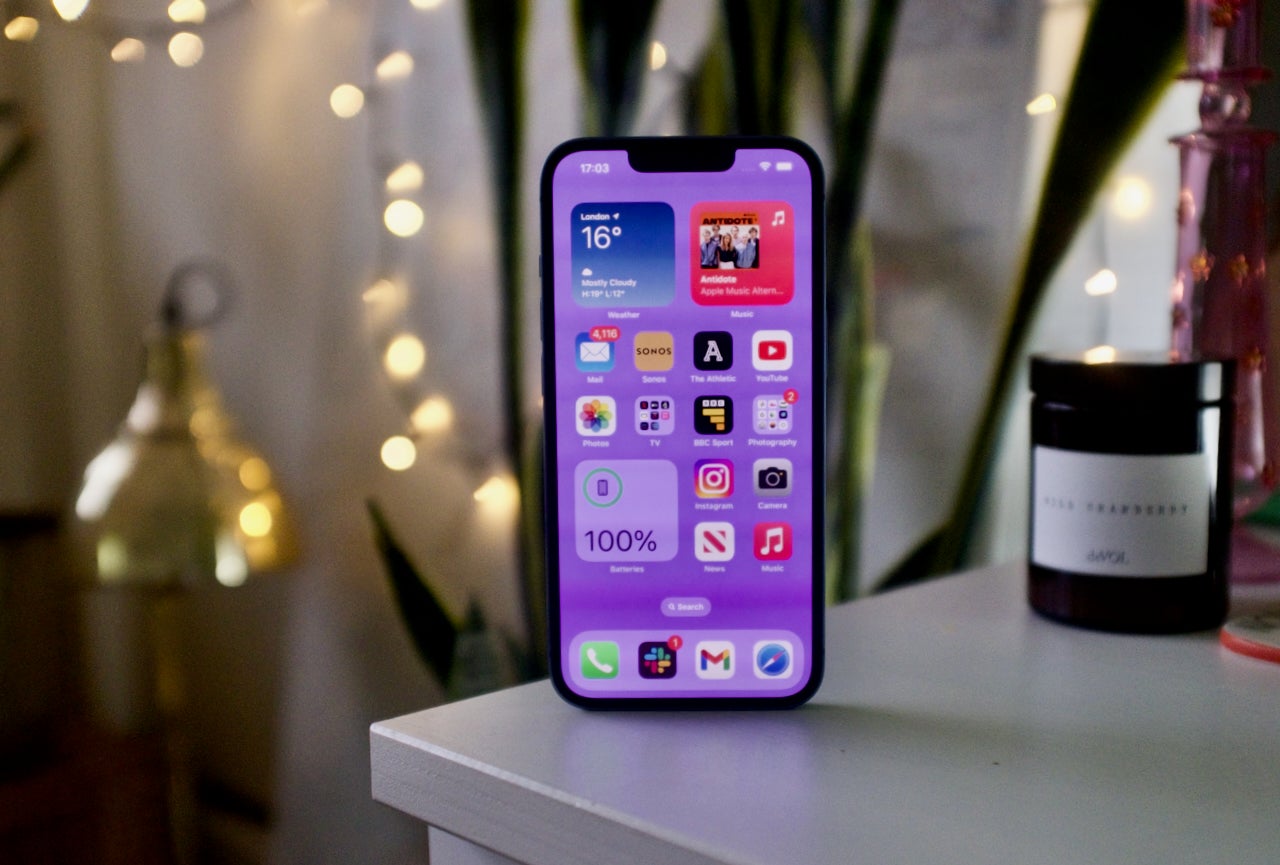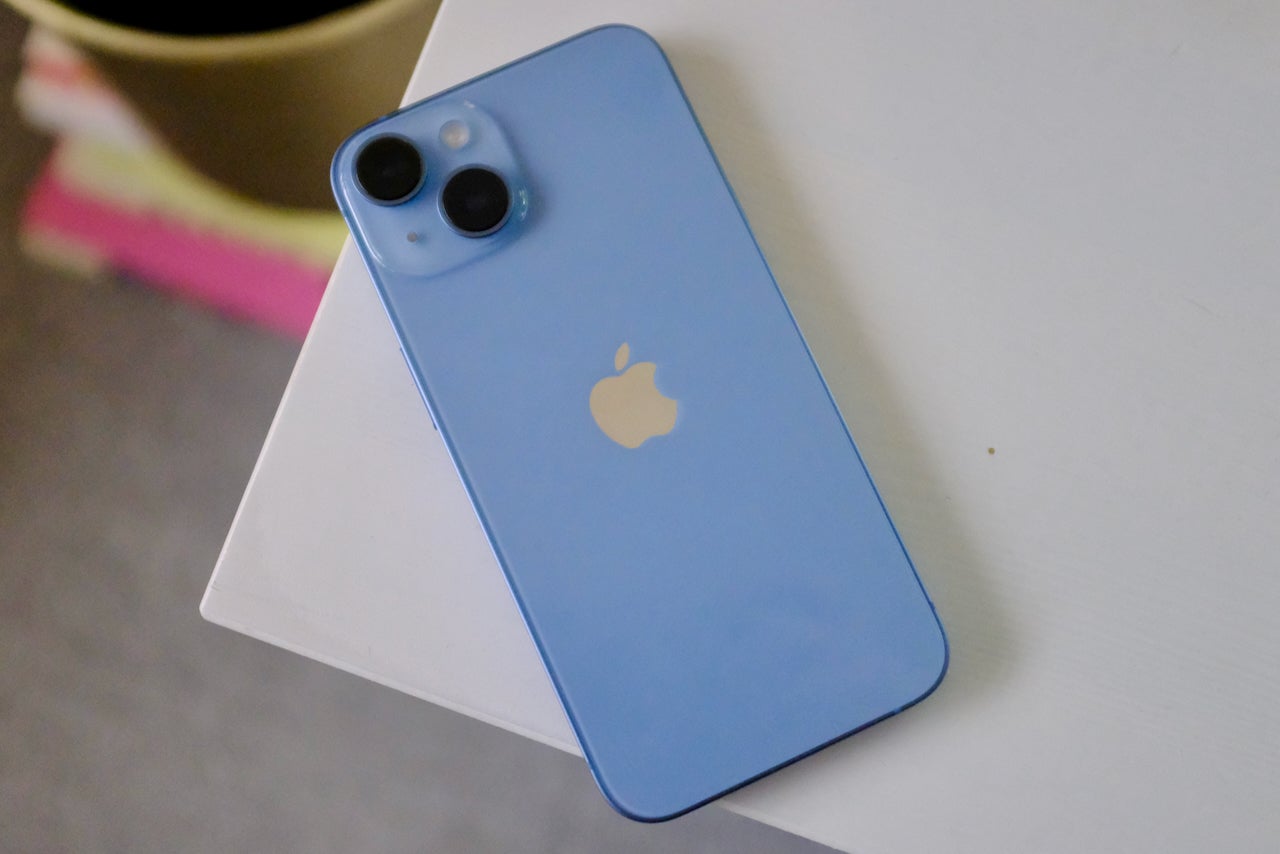Apple has finally unveiled the successor to its mid-range SE line – and it isn’t an SE phone at all. The iPhone 16e is the follow-up to the iPhone SE 3. Here’s how it compares to the iPhone 14.
The iPhone 16e shares its specs with the nearly three-year-old iPhone 14 in regard to its screen and design (setting the camera module and limited colour options aside). However, there are still several pros and cons to consider before making your final decision.
Keep reading to learn how the iPhone 16e and iPhone 14 compare when it comes to price, camera, chipsets, features and battery life.
Price
The iPhone 16e is Apple’s most affordable iPhone 16 model, coming in at $599/£599. The phone was announced on February 19 2025 and will be available to buy from February 28, with pre-orders open from February 21.
The iPhone 14, on the other hand, launched in 2022. The phone would have set you back $799/£849 at launch but, two and a half years on, you can bag the iPhone 14 from as little as $378/£499 from third-party retailers like Amazon.
The iPhone 16e supports Apple Intelligence
One of the biggest updates between the iPhone 16e and the iPhone 14 is the arrival of Apple Intelligence.
The iPhone 16e is powered by the A18 chipset that launched alongside the regular iPhone 16 in 2024, whereas the iPhone 14 runs on the A15 Bionic that debuted in the iPhone 13 in 2021.
Not only does this mean you can likely expect faster performance from the iPhone 16e, but it also means the phone will have access to all the Apple Intelligence AI features available so far. This includes the Clean Up tool to remove unwanted objects in photos, Writing Tools, ChatGPT-backed Siri, Genmoji and Image Playground image generation.


The iPhone 14 has an ultra-wide camera
When it comes to their respective cameras, the iPhone 14 includes two rear cameras – one 12-megapixel main camera and a second 12-megapixel ultra-wide camera.
This camera array is capable of recording 4K video at up to 60fps and Cinematic Mode video with Dolby Vision at up to 30fps. There’s also the Action Mode for better stability.
The iPhone 16e, on the other hand, sticks with a single 2-in-1 48-megapixel camera system. Instead of offering 0.5x zoom for an ultra-wide view, this sensor prioritises 2x optical zoom, allowing you to get closer to your subject.
The 16e can also record 4K video at up to 60fps, but there’s no Cinematic Mode or Dolby Vision support. There’s also no Action Mode, though there is support for the wind-noise reduction and Audio Mix features, giving users more control over the sound.
The iPhone 16e has the Action Button
Another newcomer to the iPhone line that arrived between the launch of the iPhone 14 and now was the Action Button. This physical button on the edge of the phone replaced the Ring/Silent switch, allowing users to customise the functionality of the button.
You can use the button as a shortcut to the camera or torch apps, recognise music with Shazam, activate the Translate feature, unlock a car door with FordPass or open accessibility features like Magnifier. You can also just set it as a shortcut to the Ring and Silent modes if you’re happily used to the old function.


The iPhone 14 supports MagSafe
Sadly, Apple has decided not to include MagSafe charging on the iPhone 16e.
The magnetic wireless charging feature that works with a range of Apple and third-party accessories allows Apple users to snap their phone against a MagSafe charger to access 15W wireless charging.
Instead, iPhone 16e users will have to settle for non-magnetic, 7.5W Qi wireless charging.
That said, there are plenty of positives when it comes to the iPhone 16e’s battery. Firstly it offers a longer battery life than the iPhone 14 by up to six hours of video playback, according to Apple. The iPhone 16e also features a USB-C port instead of Lightning, meaning you should have fewer cables to juggle across your devices.
Early verdict
The iPhone 16e might look very similar to the iPhone 14, but there are plenty of advancements inside – especially when it comes to AI and battery life. However, there are also drawbacks to consider, including the lack of an ultra-wide camera and MagSafe charging.
You’ll have to wait for our review of the iPhone 16e to learn more about how these two phones compare in our tests and experiences.




